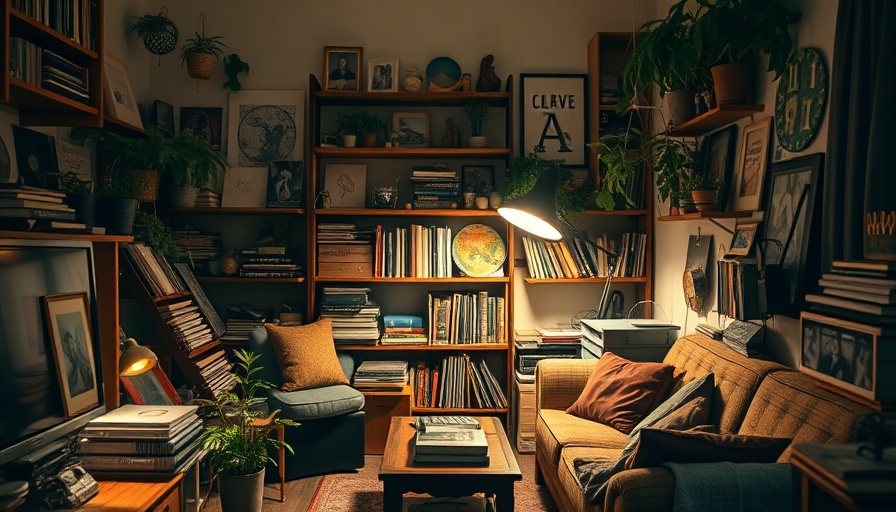
The Art of Designing Compact Spaces: A Balancing Act
Designing a small space requires far more than simply choosing smaller furniture. It calls for precision, thoughtful planning, and clever use of optical illusions to create a functionality that eschews a lack of aesthetics. The allure of a compact home lies in its ability to feel cozy without being cramped, efficient without appearing clinical. Professional interior designers have mastered the art of transforming small areas into spaces that are not just livable but inspiringly stylish.
Maximizing Utility in Essential Spaces
One of the most underestimated challenges in compact living is crafting a fully functional and stylish bathroom. Even within tight quarters, a designer aims to balance storage, hygiene, and comfort, often in just a few square feet. Wall-mounted sinks, for example, free up precious floor area, creating an airy impression. Floating vanities, complemented by light-colored tiles and seamless finishes, further help enhance the perception of space. Moreover, mirrored cabinets serve a dual function—concealing toiletries while reflecting light to enlarge the area visually.
Mirrors and light-colored tiles are just two of the key features that create an illusion of spaciousness, which is essential in compact settings. Designers also often recommend using recessed shelves built into walls for clever storage solutions, keeping the necessary items within reach while freeing floor space from bulky cabinets. A shower remodel can also offer the perfect opportunity to update materials and incorporate these smart storage solutions, preserving the visual openness of the space while enhancing its efficiency.
Transforming Spaces with Strategic Furniture Selection
When it comes to furnishing a compact area, it’s essential to think about utility over mere fitting. The principle of multifunctional pieces reigns supreme; for instance, consider a sofa bed that easily converts a living room into a guest room. Other clever additions like nesting tables, collapsible desks, and ottomans with hidden storage can contribute to utility while maintaining a streamlined appearance. Scale is equally important, as oversized furniture can quickly overwhelm a compact room, while undersized pieces run the risk of looking awkward.
Proportion and balance are key to achieving a harmonious living space. Designers prefer open-leg furniture and armless chairs, as they introduce visual lightness and reduce the feeling of bulk. Furthermore, floating furniture, which pulls away from walls, creates a depth illusion and maximizes the perceived space, making the area feel larger than it is. Angling furniture slightly or using diagonal arrangements can also trick the eye into perceiving more room.
Lighting: The Unsung Hero of Compact Design
Proper lighting can transform a cramped room into a welcoming retreat. Adequate lighting in small spaces is crucial for creating an inviting atmosphere. In compact areas, natural light is a precious commodity, and therefore designers prioritize window treatments that maximize daylight—think sheer curtains or blinds that retract fully. In the absence of abundant natural light, layered lighting solutions can effectively compensate, helping to illuminate the space and enhance its overall appeal.
Investing in dimmable options, chandeliers, or wall sconces can create mood lighting that adds warmth and life to the space. Layered lighting illuminates different elements of a room and can create intriguing focal points on artwork or furniture, rather than allowing the space to feel flat and uninspired.
Embracing the Compact Life: Inspirational Changes for Homeowners
Ultimately, designing a compact home is all about embracing versatility and creativity. It's a deliberate choice that encourages residents to curate their space thoughtfully, ensuring that each item serves a purpose and adds to the overall aesthetic. This kind of living pushes you to really think about what you love and what enhances your life, and can lead to meaningful lifestyle changes.
Whether you’re a homeowner in Fairfield County or an egress for pet owners, rethinking spaces doesn’t only mean your home will look better; it can also lead to improved organization and increased relaxation within your personal haven.
Real-Life Inspirations for Small Space Transformations
Many homeowners have found that transforming their compact spaces enhances not just functionality but also well-being. For instance, some have shared their success stories of incorporating greenery—even in inch-high pots—adding a sense of calm and vitality to their compact corners. Sharing their homes on social media platforms, members of the community encourage one another to break free from traditional design restraints; proving that compact living doesn't mean compromising on style. Instead, it opens a world of creative potential.
In conclusion, learning to leverage the tricks and insights shared here can turn any compact space into a delightful retreat, embodying both charm and practicality. Taking these steps will prompt you to reassess your own space and imagine the possibilities that a thoughtfully curated small home can bring. Whether you're looking to make significant changes, or simply enhance what you already have, try incorporating at least one of these designer-inspired tips into your living areas.
 Add Row
Add Row  Add
Add 




 Add Row
Add Row  Add
Add 

Write A Comment